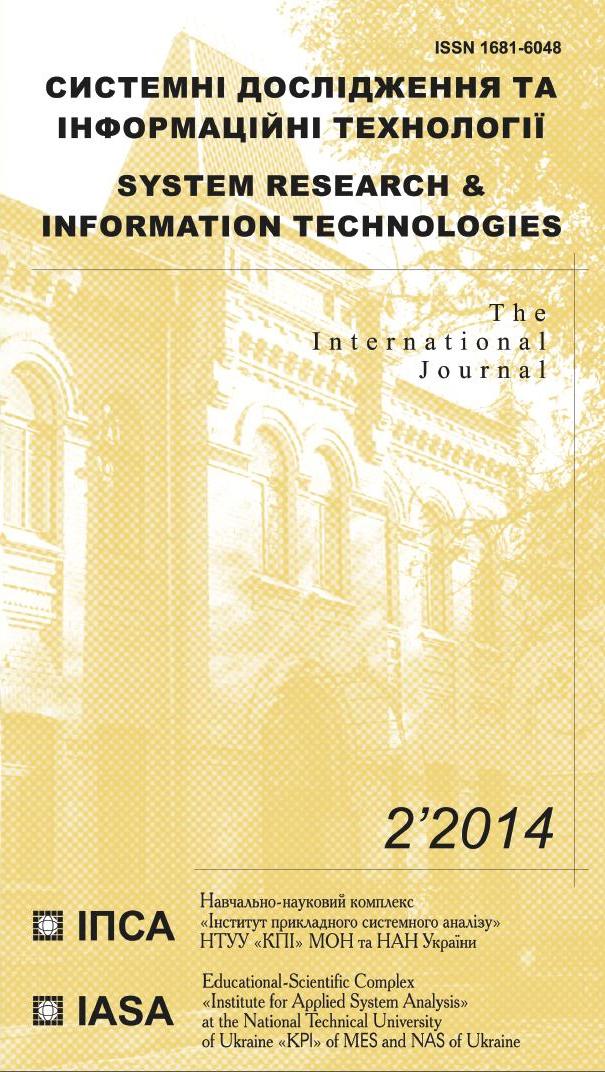Adaptation of oscillatory systems in networks — a learning signal approach
Abstract
We consider a network of coupled periodic stable signals (PSS) interacting through the gradient of a coupling potential. Each PSS has its own set of parameters, characterizing the time scale of the signal and its shape. The are allowed to modify their values (i.e. to adapt) by introducing adaptive mechanisms on them. Together with the state variable interactions, the adaptive mechanisms drive all PSS towards a consensual oscillatory state where they all have a common, constant set of parameters Once reached, the consensual oscillatory state remains invariant to the interactions. This implies that if the interactions are removed, all PSS continue to deliver the consensual signal. This situation is to be contrasted with classical synchronization problems where common dynamical patterns are attained and maintained thanks to the interactions. Hence, if the interactions are removed, all PSS converge back towards their individual behavior. The resulting value is analytically calculated. It does not depend on the network’s topology. However, the conditions for convergence do depend on the connectivity of the network and on the coupling potential.
References
Acebrón J., Spigler R. Adaptive frequency model for phase-frequency synchronization in large populations of globally coupled nonlinear oscillators // Physical Review Letters. — 1998. — № 81. — P. 2229–2232.
De Lellis P., di Bernardo M., Gorochowski T.E., Russo G. Synchronization and control of complex networks via contraction, adaptation and evolution // IEEE Circuits and Systems Magazine. — 2010. — № 10. — P. 64–82.
Ermentrout B. An adaptive model for synchrony in the firefly pteroptyx malaccae // Journal of Mathematical Biology. — 1991. — № 29. — P. 571–585.
Gershgorin S.A. Über die Abgrenzung der Eigenwerte einer Matrix // Izvestiya Akademii Nauk USSR, Otdelenie matematicheskih i estestvennih Nauk. — 1931. — № 7. — P. 749–754.
Lehnert J., Hövel P., Flunkert V., Guzenko P.Y., Fradkov A.L., Schöll E. Adaptive tuning of feedback gain in time-delayed feedback control // Chaos. — 2011. — № 21.
Rodriguez J. Networks of Self-Adaptive Dynamical Systems. PhD thesis, Ecole Polythechnique Fédérale de Lausanne, 2011. —100 р.
Rodriguez J., Hongler M.-O. Networks of Self-Adaptive Dynamical Systems. IMA Journal of Applied Mathematics (2012). doi: 10.1093/imamat/hxs057.
Rodriguez J., Hongler M.-O., Blanchard Ph. Self-Adaptive Attractor-Shaping for Oscillators Networks. In Proceedings of The Joint INDS’11 & ISTET’11 – Third International Workshop on Nonlinear Dynamics and Synchronization and Sixteenth International Symposium on Theoretical Electrical Engineering, 2011. — P. 1–6.
Rodriguez J., Hongler M.-O., Blanchard Ph. Self-Shaping Attractors for Coupled Limit Cycle Oscillators. In Selected Topics in Nonlinear Dynamics and Theoretical Electrical Engineering. — K. Kyamakya, W.A. Halang, W. Mathis, J.C. Chedjou, Z. Li (Eds.), vol. 483 of Studies in Computational Intelligence. Springer (Berlin Heidelberg), 2013. — P. 97–115.
Tanaka H.-A., Lichtenberg A.J., Oishi S. Self-synchronization of coupled oscillators with hysteretic responses // Physica D. —1997. — № 100. — P. 279–300.

